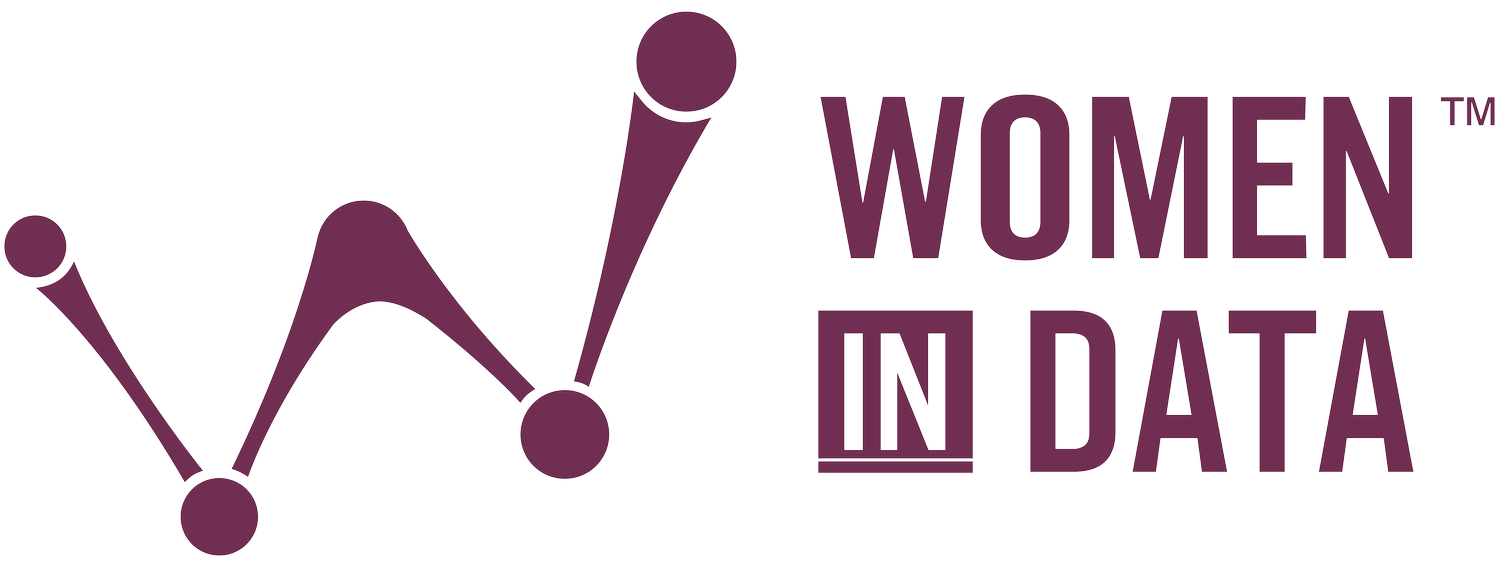What is Neuroprosthetics?
Overview
In this episode, Dr. David Moses discusses his research in speech neuroprosthetics. He delves into his research paper on Neuroprosthesis for Decoding Speech in a Paralyzed Person with Anarthria, highlighting the challenges faced during the study and the deep learning models utilized. Dr. Moses also discusses the potential for further improvements with additional data and whether similar studies have been conducted without the use of implants. The conversation then shifts to the ethics of brain-computer interfaces (BCI), with Dr. Moses sharing his thoughts on concerns surrounding BCIs, ways to encourage more individuals to participate in ethics conversations, and a potential timeline for BCIs entering the market. Finally, Dr. Moses discusses industry opportunities outside of academia and offers advice on how to get started in the field.
About Dr. David Moses
Dr. David Moses received a BS in Bioengineering from Rice University and then a PhD in Bioengineering from a joint program between UCSF and UC Berkeley. During his PhD in Dr. Edward Chang's lab at UCSF, he studied how perceived and produced speech is encoded in the human cortex using electrocorticography (an invasive brain-recording methodology involving electrical sensors placed directly on the brain surface), and he developed a system to decode both kinds of speech from the cortical activity of volunteer participants. After graduating, he remained in Dr. Chang's lab as a postdoctoral scholar to manage and coordinate projects on a new early-feasibility clinical trial at UCSF to evaluate the potential of electrocorticography and machine learning to restore speech to patients with severe paralysis. After successful proof-of-concept demonstrations, he continues to work towards the development of a clinical implementation to enhance the communicative capabilities of those who are unable to speak.
Social Media
Twitter: @AtDavidMoses
Listen on other platforms and subscribe now!



